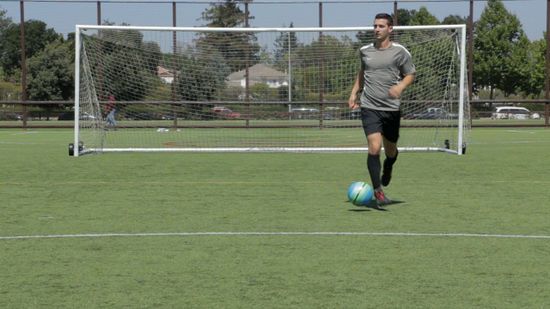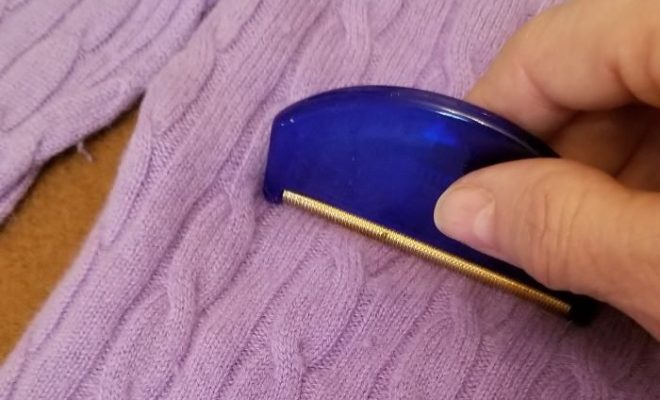How to Choose Soccer Cleats: 12 Steps

Introduction:
Choosing the right soccer cleats is crucial to ensure comfort, performance, and to prevent injuries on the field. With a huge variety of options, knowing which cleats to buy can be a challenge. Follow these 12 steps to help guide you through the process of selecting the perfect soccer cleats.
1.Understand Your Playing Position
Your position on the field will dictate the type of cleats you need. Forwards, midfielders, defenders, and goalkeepers require different levels of support, traction, and touch to excel in their roles.
2.Determine Your Preferred Playing Surface
The texture of the surface affects your cleat selection, as well. Choose between firm ground (FG), soft ground (SG), artificial grass (AG), turf (TF), or indoor shoes (IN) based on where you’ll be playing most often.
3.Set Your Budget
Soccer cleats vary in price from affordable options to high-end models. Establish a budget before shopping to avoid overspending and narrow down your choices.
4.Familiarize Yourself with Brands and Models
Major brands like Nike, Adidas, Puma, and Mizuno offer an extensive range of soccer cleats designed for different playing styles and preferences. Research various brands to understand their offerings and find one that suits your needs.
5.Choose Your Material
Cleat uppers are typically made from synthetic materials or leather variants like kangaroo leather or calf leather. Consider durability, comfort, touch sensitivity, and price when selecting the material that works best for you.
6.Pick Your Stud Configuration
Soccer cleats have multiple stud configurations for optimal traction on varied playing surfaces. For example, FG cleats use conical or bladed studs for firm natural grass fields, while SG cleats utilize longer replaceable metal studs for soft muddy ground.
7.Find the Right Fit
Your cleats should fit snugly without causing discomfort for peak performance. Try on different sizes and brands to determine your ideal fit. Remember to wear soccer socks when trying on cleats as they’ll impact the fit.
8.Select Your Lacing Style
Cleats come with traditional, asymmetrical, or laceless designs. Choose a lacing style that maximizes comfort, provides a customized fit, and helps enhance ball touch, according to your preference.
9.Prioritize Comfort and Support
Your cleats must provide ample cushioning and support during gameplay. Look for features like padded insoles, reinforced heel cups and ankle collars, and lightweight materials for optimal comfort.
10.Consider Durability
Choose soccer cleats constructed with robust materials that can withstand extended play on your preferred playing surface. Investing in durable cleats will save you money in the long run by delaying the need for frequent replacements.
11.Read Reviews and Ask for Recommendations
Gain insights from experts, teammates, or online reviews to learn about the specific strengths and weaknesses of different cleat models before making your decision.
12.Test Your Cleats On the Field
Once you have purchased your new soccer cleats, test them out during practice to make sure they’re truly the right fit for you before committing to them in a competitive match.
Conclusion:
Selecting suitable soccer cleats is a critical aspect of your gameplay well-being and success. By following these twelve steps and keeping your playing position, surface type, comfort, budget and personal preferences in mind, you can confidently choose the best soccer cleats to enhance your performance on the field.






